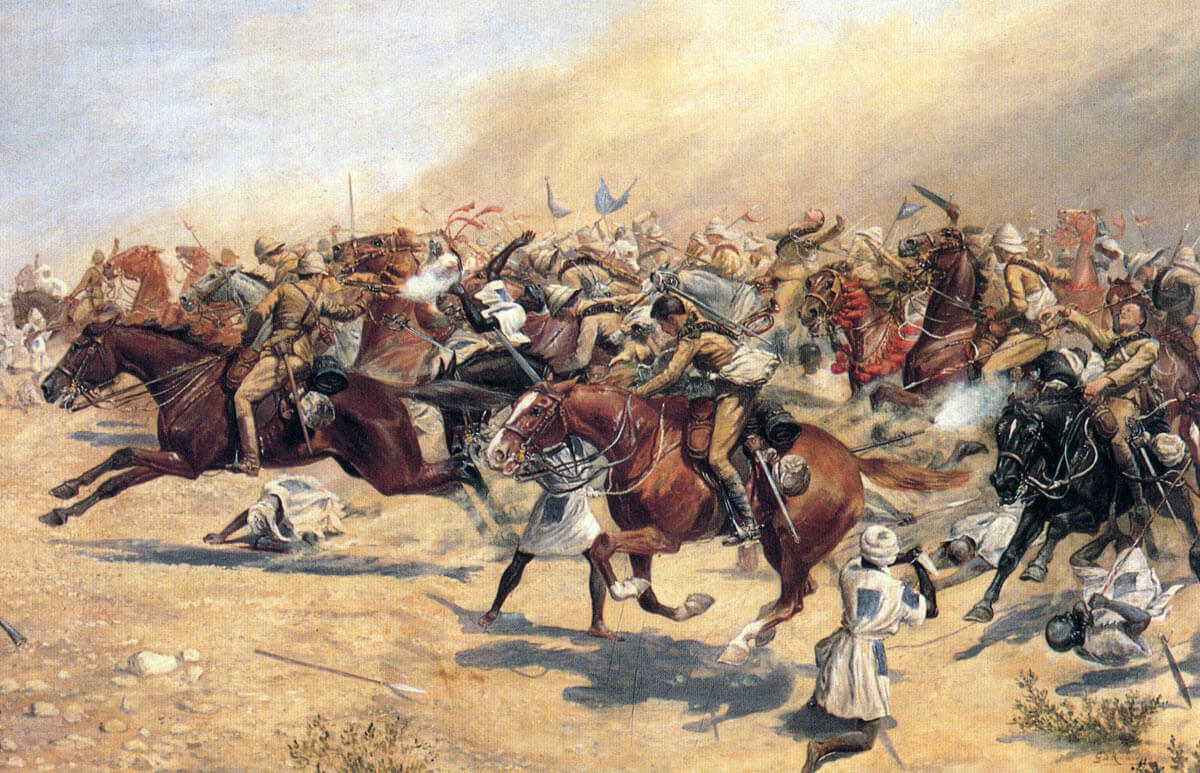
The year was 1896, and the newly minted British cavalry officer was reporting to his first operational posting in Bombay, India. He was 22 years old and justifiably terrified.
Born into the English aristocracy, the ruddy youth, like so many rambunctious young men of means who had come before, sought out military service for its quickening and maturation. Now, amid the steaming, sweaty milieu that was imperial India, he was about to test his mettle.
You never get a second chance to make a first impression. Sandhurst had taught him the rudiments of how to be an officer. However, a lieutenant’s first posting is invariably a voyage of discovery. As the small boat puttered up to the quay, the enthusiastic young firebreather reached out to steady the vessel. In so doing, he badly wrenched his right shoulder.
The injury was agonizing. It also never fully healed. A severe rotator cuff tear back in the days before arthroscopic orthopedic surgery was the gift that kept on giving. This represented an ignominious start to the young officer’s military career.
A Serendipitous Disability
The horse cavalry still dominated the battlefield back in 1896, and polo was the primary means of maintaining one’s horsemanship in peacetime. Where previously the young cavalryman had been his regiment’s star player, from that point forward, he had to take the field with his injured arm strapped to his side.
Military technology was changing rapidly, and Hiram Maxim’s insatiable death machine was just beginning to make its diabolical presence known on the modern battlefield.
However, for the British cavalry officer at this time, his primary weapon yet remained the saber. This long, curved blade was both heavy and effective. However, it required a healthy shoulder for proper employment. This young man was found deficient in that regard.
Then, as now, lieutenants didn’t make a great deal of money. On his first trip back home, this one borrowed some cash from his mother and retired to the esteemed gun shop Westley Richards & Company in Birmingham. England at this time was still populated with proper men, and firearms were both widely encountered and freely available.
Westley Richards offered a generous selection. After perusing their wares, the young man settled upon an odd-looking example imported from Germany. He left the shop with the weapon and enough ammunition to keep himself supplied in his coming military forays.
Serious War
The enthusiastic cavalryman celebrated his 21st birthday in Cuba. His time in India serving under Bindon Blood reliably expanded his horizons. However, Africa was where the real action was to be found. The man pulled a few strings in London and had himself assigned to the 21st Lancers under General Sir Herbert Kitchener in the Sudan.
Mischief was afoot, and the British were itching for a proper fight. Kitchener’s forces faced the army of Abdullah al-Taashi, the successor to the self-proclaimed Mahdi, Muhammad Ahmad. Kitchener fielded some 8,000 British regulars along with roughly 17,000 Egyptian and Sudanese troops.
The esteemed British general deployed his men near the Sudanese village of Kerreri, roughly 11 kilometers north of Omdurman. This battlefield is located outside the modern-day city of Khartoum. Kitchener was backed up by his organic artillery as well as a flotilla of 12 gunboats moored nearby in the Nile River.
Arrayed against these 25,000 Commonwealth troops were more than twice as many Muslim warriors. These maniacal psychopaths were the feared dervishes. Their ferocity in battle was the stuff of legend. At 0600 on September 2, 1898, all hell broke loose.
The esteemed Field Marshal Helmuth von Moltke once opined that no plan survives first contact with the enemy. War is meticulously planned and then chaotically executed. This timeless axiom was on glorious display in the arid wastes of Omdurman.
The British enjoyed a massive advantage in technology. English artillery, rifles, and machine guns were the finest in the world. However, the Commonwealth forces were nonetheless still outnumbered two-to-one. In the resulting bloody slaughter, the 21st Lancers advanced to clear the plain. Abdullah al-Taashi had anticipated this.
Some 2,500 of al-Taashi’s Islamic infantrymen had been waiting in concealment until the 400 British cavalrymen were committed. This substantial force then assaulted from cover, surrounding the surprised English horsemen. There resulted the most horrible close-quarters hemoclysm.
The British cavalry lieutenant unlimbered his German pistol and did the Lord’s Work. He dispatched three unhinged dervishes at contact range, narrowly preventing his unhorsing.
The autoloading nature of the weapon offered proper 19th-century firepower, while the top-loading design made it relatively easy to keep the gun fed. Following one of the British Army’s last cavalry charges, the dervishes were successfully repelled.
The Aftermath
Once the dust settled, Cavalry Lieutenant Winston Leonard Spencer-Churchill penned a letter of thanks to his mother for the gun that had saved his life. He described the weapon as “the best thing in the world.” Had he been armed with a cavalry saber rather than this German repeater, Churchill might very well have been ripped asunder.
Forty-two years later, Great Britain faced annihilation at the hands of one of history’s most despotic monsters. Through those dark days when all hope seemed lost, it was the force of a single personality that galvanized the British people to resist against all odds.
Prime Minister Winston Churchill’s iron will kept Britain in the fight long enough for America and the world to come together in their existential fight against the Axis.
Were it not for the unsinkable aircraft carrier that was England, the Allies could not have launched the D-Day invasion that wrested Europe back from the Nazis.
Had it not been for that unexpected injury and the subsequent purchase of a Mauser C96 pistol, Winston Churchill quite likely would have perished at the Battle of Omdurman in 1898. Sometimes the affairs of men turn on the most extraordinary of things.